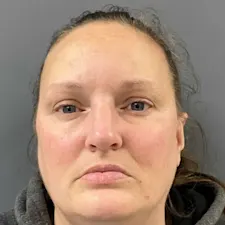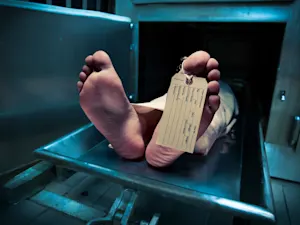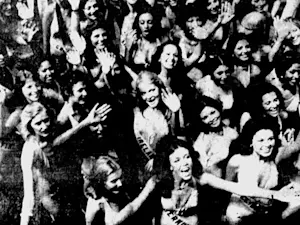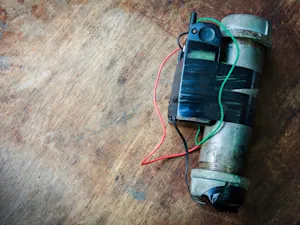
The Horror That Unfolded at Jonestown
On Nov. 18, 1978, the world was stunned by the tragic events that unfolded in Jonestown, a remote settlement in Guyana. Over 900 members of the Peoples Temple, a cult led by the charismatic yet paranoid leader Jim Jones, died in a mass murder-suicide. This horrific incident, known as the Jonestown Massacre, remains one of the largest mass deaths in American history. Join us as we explore the history of Jonestown, the disturbing events that led to the massacre, and the impact it left on the world.
The Origins of Jonestown
Jim Jones, who founded the Peoples Temple in the mid-1950s, was known for his diverse congregation and progressive ideas. Initially based in Indianapolis, the Temple moved to California in the mid-1960s. By the 1970s, Jones had gained a significant following, attracting thousands with his displays of faith healing and mind reading.
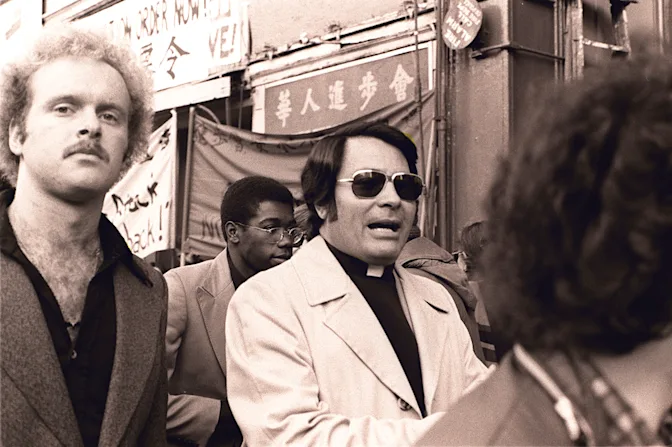 Jim Jones of Peoples Temple at a protest in San Francisco. January 16, 1977. Photo courtesy of Nancy Wong.
Jim Jones of Peoples Temple at a protest in San Francisco. January 16, 1977. Photo courtesy of Nancy Wong.
Despite its humanitarian front, the Peoples Temple was marked by severe internal abuses. Members were often humiliated, beaten, blackmailed, and coerced into signing over their possessions to the church. The fear of government persecution was instilled in members, particularly minorities — a large part of his congregation — convincing them that leaving the Temple would lead to dire consequences.
The Move to Guyana
In 1977, amid growing media scrutiny, Jones relocated with several hundred followers to Jonestown, an agricultural commune in Guyana. The settlement was intended to be a utopian society, free from outside interference. But reports soon emerged of mistreatment and forced labor within the commune.
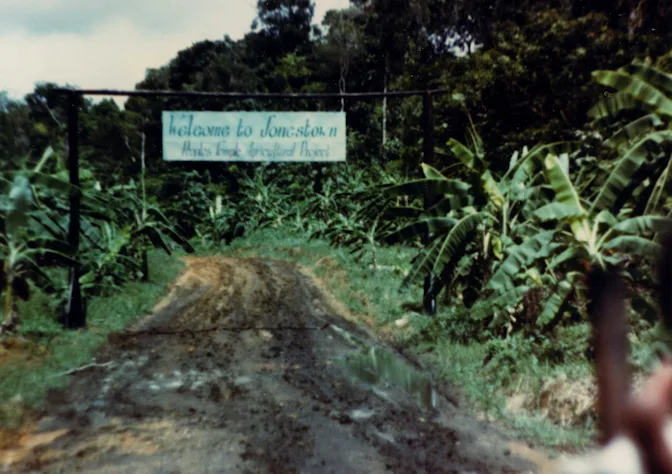 The entrance to the Peoples Temple Agricultural Project in Jonestown, Guyana. Photo courtesy of Jonestown Institute.
The entrance to the Peoples Temple Agricultural Project in Jonestown, Guyana. Photo courtesy of Jonestown Institute.
By June 1978, the U.S. Embassy in Guyana noted that Jonestown operated autonomously with little oversight from local authorities. This self-sufficiency, however, masked the darker reality of life under Jones's control.
The Visit of Congressman Leo Ryan
On Nov. 17, 1978, U.S. Congressman Leo Ryan, along with a team of journalists and concerned relatives, traveled to Guyana to investigate allegations of abuse within the Peoples Temple. During Ryan's visit, some members expressed the desire to leave Jonestown, prompting Jones's alarm and deadly action.
As Ryan's group prepared to depart from a nearby airstrip on Nov. 18, they were ambushed by Temple members. Ryan and four others were killed, and several were injured. This attack triggered the catastrophic events that followed.
The Mass Suicide
In the wake of the airstrip attack, Jones initiated what he called "revolutionary suicide." He ordered his followers to consume a cyanide-laced drink, starting with the children. Despite some initial resistance, the majority complied, leading to the deaths of more than 900 people, including more than 300 children. Jones himself died from a gunshot wound, likely self-inflicted or at the hands of his nurse.
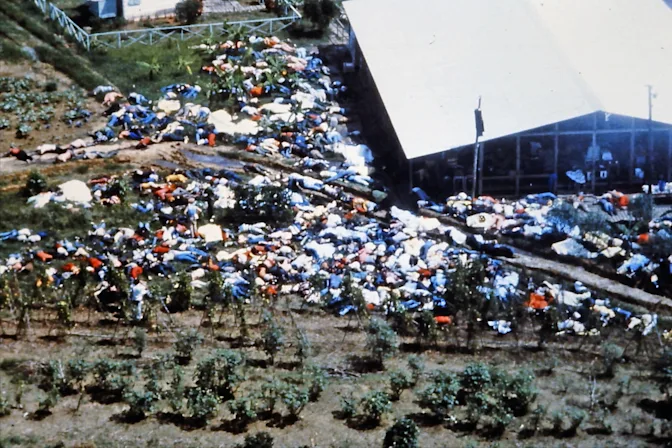 An aerial view of the dead after the mass suicide in Jonestown.
An aerial view of the dead after the mass suicide in Jonestown.
Aftermath and Legacy
The Jonestown Massacre had immediate and far-reaching consequences. The sheer scale of the tragedy shocked the world, leading to extensive investigations by the FBI and other agencies. Survivors and defectors provided critical insights into the oppressive and manipulative environment Jones had created.
The Jonestown Massacre is a horrifying reminder of the dangers of unchecked authority and the vulnerabilities of those seeking community and belonging; it underscores the need for vigilance against charismatic leaders who exploit their followers' trust out of their own lust for power and control. While this tragedy won't soon be forgotten, hopefully the lessons learned can help governments, local authorities, and individuals prevent similar abuses of power in the future.
References: Jonestown | Jonestown | Jonestown: 13 Things You Should Know About Cult Massacre








